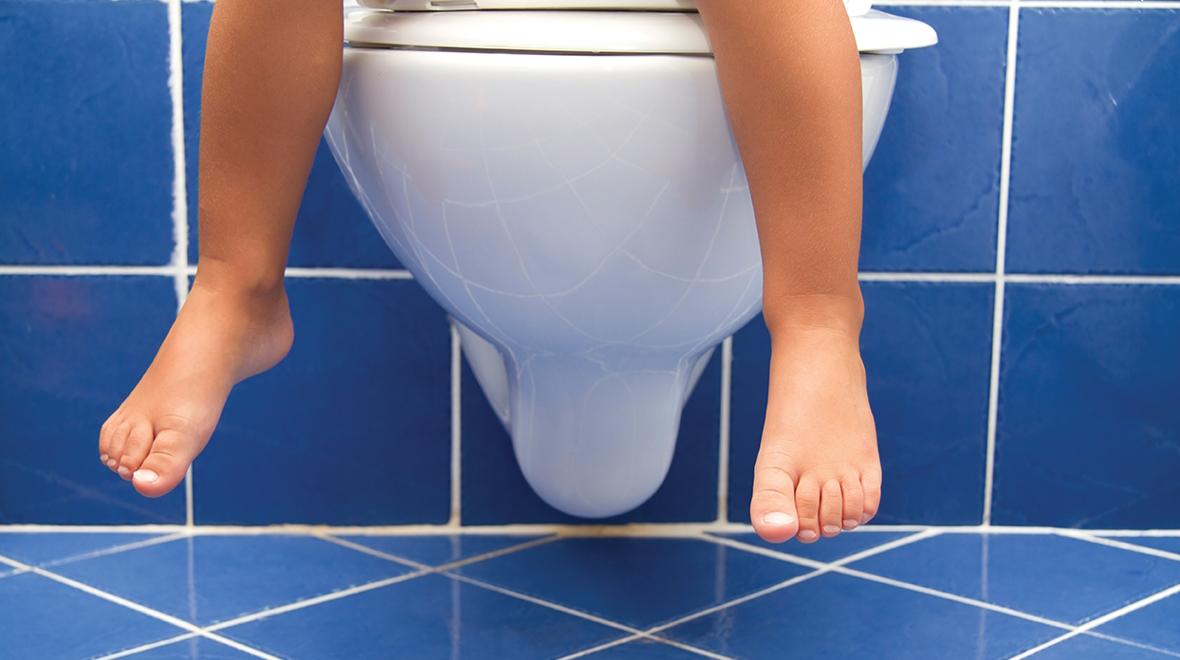
The sticker chart is filling up with gold stars when your toilet-trained child suddenly begins having accidents again. This is known as potty training regression, a time when a potty-trained child regresses and starts having accidents again. The good news is that this is fairly common and it’s temporary. In fact, according to the American Academy of Pediatrics, regression is a way that a healthy child expresses emotional needs during times of stress.
Though potty training regression may be no cause for alarm, it’s wise to talk to your pediatrician to rule out any possible medical causes, such as a urinary tract infection or constipation. For many children, regression happens because of something life is full of: change. Regression is often an expression of anxiety or stress over events, including a change in the child-care routine, moving, divorce, death or a new sibling. Even going on a trip or having guests can trigger a regression. Other causes can be excess pressure from a parent, distraction, or FOMO (fear of missing out) on the playground — or perhaps the child simply isn’t ready for toilet training yet.
So, what do you do? For starters, don’t punish your child or get angry. Try not to express disappointment. In her book “Potty Training Problems and Solutions,” author Miranda Travis writes, “It’s difficult not to show how frustrated you are when your child regresses. After all, you felt as if things were going great.” She encourages parents to simply acknowledge that the child had an accident and reassure them that they can do better next time.
Regression “do’s” for parents:
- Talk with your child without expressing disappointment or anger. Ask if they are afraid of using the toilet, or if something is making them scared, angry, anxious, etc.
- Get out that sticker chart and reward system and remind your child how great it is to use the toilet. Encourage them without pressure.
- Talk with day care providers about it and find out how it’s handled there. Send extra underwear and wipes. If need be, go back to training pants for a while.
- Consider a special toy or bracelet to provide some consistency and familiarity. For example, setting a small rubber ducky on a shelf at day care; or in the bathroom of a new home, placing familiar objects from the old bathroom.
- Give your child one-on-one time, especially if a new sibling is in the mix.
- Create a hand signal. Sometimes older children, especially kids who are in preschool or older, are more embarrassed or too distracted as they play, so a hand signal can be a reminder that it’s time to use the toilet, without having to shout out the word “Potty!” across the room.
If potty training regression lasts longer than a month, it may be time to take a break. Your child may not be ready yet, and that’s okay. It’s amazing how much difference a month or two can make. And although regression can happen frequently throughout the potty training process, sometimes it can occur with older kids. The transition between day care and preschool or preschool and kindergarten can be particularly trying, as can traumatic events. It’s all about patience and encouragement. After all, they’re only this little once.
More parenting tips and tricks |











